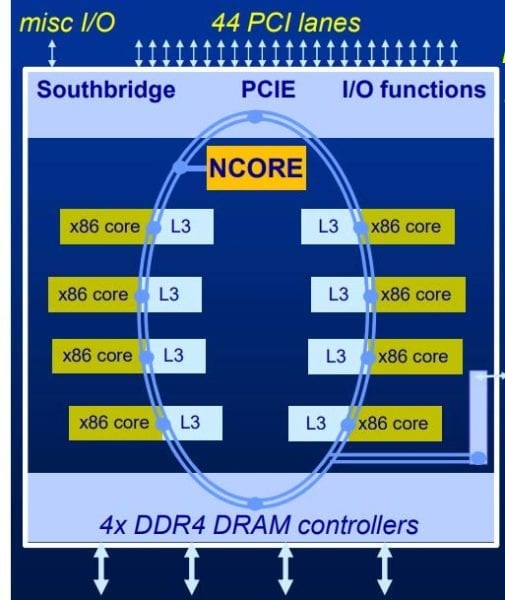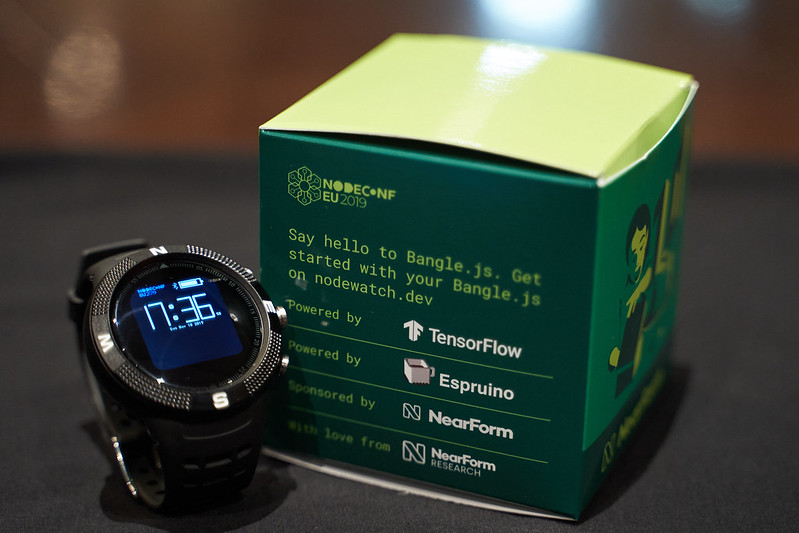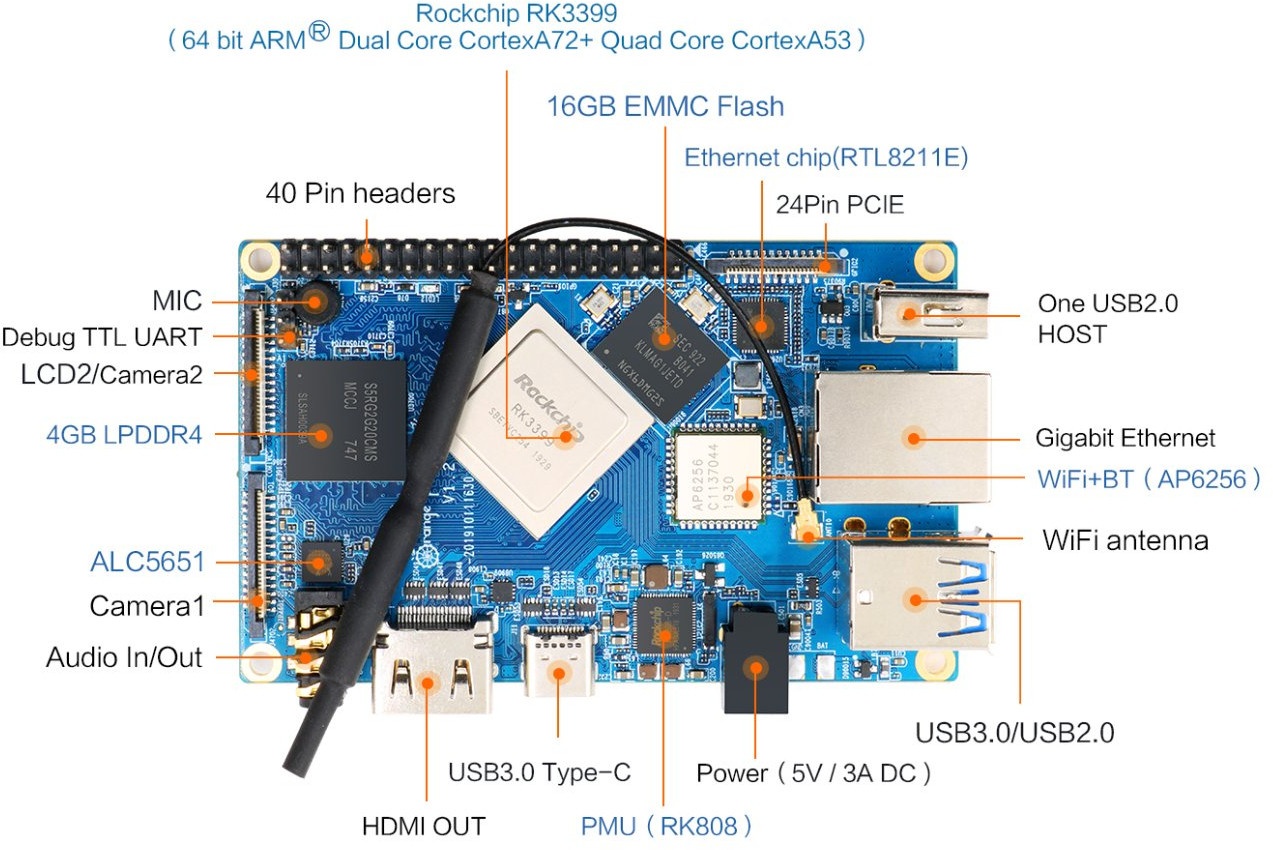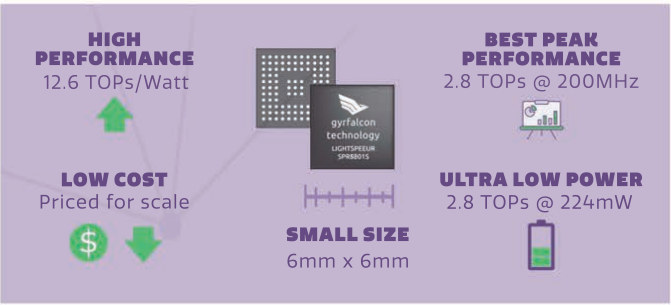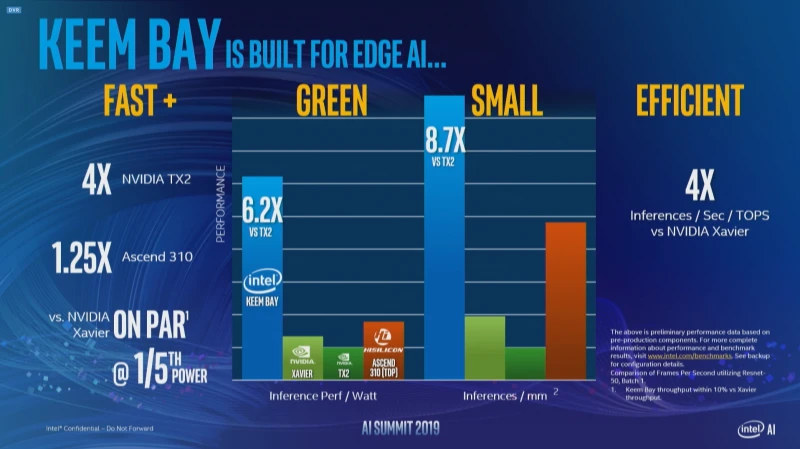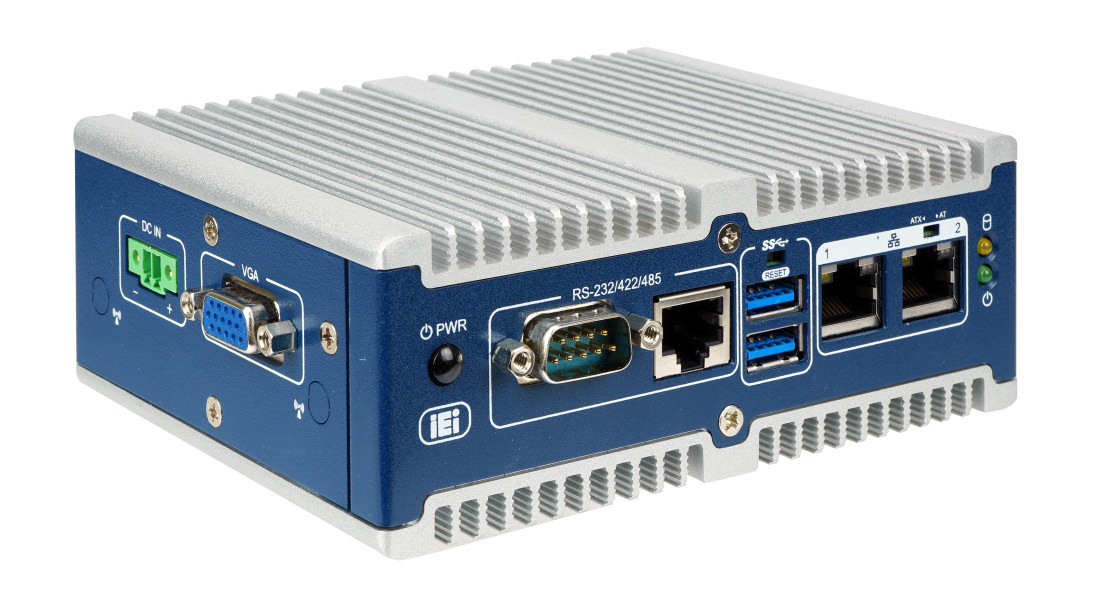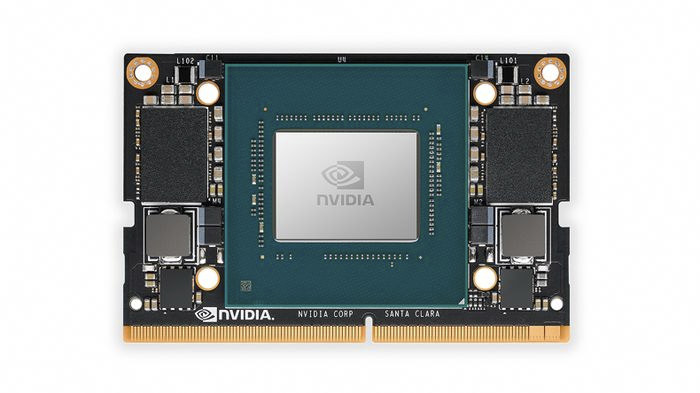Artificial intelligence is handled at different levels in the ecosystem with ultra-powerful systems in the cloud equipped with dedicated hardware such as FPGA or GPU cards, while on the other side of the spectrum we have Arm or RISC-V based processor with AI accelerator for low power systems like smartphones or battery-powered smart cameras. Centaur Technology aims to provide a solution catering to the middle segment of devices that don’t need ultra-low power consumption, nor the highest possible peak performance, but still require a relatively compact form factor and low costs. Their solution is a still-unnamed octa-core x86 processor featuring Centaur NCORE AI coprocessor. SoC with built-in NPU (Neural-network Processing Unit) is pretty common in the Arm and RISC-V world, but it’s apparently a world’s first in the x86 space since existing solutions are all based on external accelerators. Key features of the Centaur x86 AI processor: x86 microprocessor with […]
Bangle.js is an Hackable, Open Source JavaScript and TensorFlow-driven Smartwatch (Crowdfunding)
Espruino brought JavasScript to the Microcontroller, now Bangle.js is bringing Javascript plus TensorFlow Lite to your smartwatch. There has been some movement by some developers that says that JavaScript should be used for everything, even though I find that idea ridiculous, I still find JavaScript a fascinating language. The NeaForm Research team and Gordon Williams (the brain behind Espruino) have all teamed up in launching Bangle.js Smartwatch. Bangle.js isn’t your ordinary smartwatch, at the heart of it is the open-source ecosystem. JavaScript plus TensorFlow Lite and of course, a cool looking Smartwatch is what Bangle.js is offering. Bangle.js was launched at the recently concluded NodeConf EU conference, and the goal is to bootstrap an Open Health Platform hopefully. NodeWatch is the specific implementation of Bangle.js for NodeConf EU 2019, co-developed by Espruino and NearForm Research. This project has the potential to bootstrap a community-driven open health platform where anyone can […]
Orange Pi 4/4B SBC Comes with Rockchip RK3399 SoC, Gyrfalcon 2801S NPU
Shenzhen Xunlong Software’s Orange Pi RK3399 single board computer launched in early 2018 with 2GB RAM for $109, and earlier this year, the company launched an updated version with 4GB RAM and a lower $99.96 price tag. But there are plenty Rockchip RK3399 SBC’s on the market, including FrienglyELEC NanoPi M4 going for $50 and up ($75 with 4GB RAM), and Pine64 RockPro64 board starting at $59.99 with 2GB RAM, and $79.99 with 4GB. So unless you need the extra features (HDMI Input, SATA port, mPCIe socket…) offered by Orange Pi RK3399, other boards may be more competitive. So the company has been working on lowering the cost with a smaller board. Meet Orange Pi 4. They’ve also provided some extra features with a variant of the board called Orange Pi 4B that adds a Gyrfalcon Lightspeeur 2801S AI accelerator chip/NPU. That says a lot that neither Rockchip RK3399Pro SoC […]
Lightspeeur 5801 AI Accelerator Delivers 2.8 TOPS at 224 mW of Power
Announced in 2017, Gyrflacon LightSpeeur 2801 AI Accelerator could deliver 2.8 TOPS at 0.3 Watts of power. It’s now found in Orange Pi AI Stick Lite computer stick selling for around $20. Since then the company released 2802 chip for IoT applications, and earlier this year, the company introduced Gyrfalcon 2803 yielding up to 16.8TOPS @ 700 mW for “advanced edge” applications, and they’ve now announced Lightspeeur 5801 chip delivering 2.8 TOPS at 224 mW of power, or 12.6 TOPS/W. That does not seem much of any improvement of Lightspeeur 2801 since peak performance is the same, and power only slightly lower, but let’s check out more details to find out if there’s more to it. Key features: Based on the Gyrfalcon Matrix Processing Engine Performance – Up to 12.6 TOPs/Watt, peak: 2.8 TOPS @ 200 MHz Power Consumption – 224 mW @ 2.8 TOPs Latency – < 4 ms […]
Shine Assistant AI-Powered Toilet Cleaning System Aimed at the Mass Market (Crowdfunding)
Shine Assistant AI For The Bathroom Entering the consumer market with an AI device can be tricky, it is difficult to explain how and why they work. Shine Bathroom has entered into the arena of smart bathrooms, which are starting to pop up with more frequency. Shine Assistant is the latest, stand-alone smart toilet automated cleaner and maintenance system on the market. The Smart Toilet Market The smart toilet has been reported on in the articles on Kohler Novita, an AI toilet called the “Therapy Bidet” and the Lixil AI-based toilet that can analyze feces to help in healthcare, especially for the elderly. The Shine Assistant Features and Advantages The Shine Assistant is a device that attaches to any toilet, mounts to the wall or side of the toilet, and leverages AI for cleaning and maintenance. The system has a number of features and advantages over human-based cleaning and maintenance. […]
Gen 3 Intel Movidius “Keem Bay” VPU Introduced at 2019 Intel AI Summit
Intel made announcements about upcoming AI solutions at 2019 Intel AI Summit. Those include Intel Nervana Neural Network Processors (NNP) for training (NNP-T1000) and inference (NNP-I1000) for cloud and data center customers, as well as Gen 3 Intel Movidis “Keem Bay” VPU. We’ll focus on the latter in this post with Intel claiming similar performance as NVIDIA Jetson AGX Xavier at much lower power consumption with claims of up to 4.7 times more power efficiency when using ResNet-50 benchmark inference measurement using INT8 with a batch size of 1. Considering Jetson Xavier AGX has a ~30W power budget, that would mean Movidius “Keem Bay” consumes around 6 Watts. Compared to Myriad X MA2085, the new Gen3 VPU is said to have more than 10 times the inference performance. Intel did not provide any TOPS figure, but considering the company announced 1 TOPS of neural compute performance for Myriad X, one […]
IEI ITG-100AI DIN-Rail Rugged mini PC Comes with a Myriad X AI Accelerator Module
Intel Myriad X vision processing unit was first introduced in 2017 as an upgrade to Myriad 2 VPU delivering up to 1 TOPS of neural compute performance. The new chip was eventually integrated into Intel Neural Compute Stick 2 launched late last year. We previously wrote about AAEON Boxer 8310AI family of Apollo Lake mini PCs featuring a Myriad X mPCIe module, but there’s now another company, namely Taiwan-based IEI, that has launched its own Myriad X powered rugged mini PC. Meet IEI ITG-100AI fanless AI embedded system. IEI ITG-100AI DIN-Rail Rugged mini PC Specifications: SoC – Intel Atom x5-E3930 dual-core Apollo lake processor @ 1.3GHz / 1.8 GHz (Turbo) with 12EU Intel HD Graphics 500; TDP: 6.5W System Memory: – 1x 204-pin DDR3L SO-DIMM slot pre-installed with 8 GB memory Storage – 128GB SATADOM, MicroSD slot, optional eMMC 5.0 flash up to 32GB. Display – 1 x VGA Connectivity […]
NVIDIA Jetson Xavier NX SoM Delivers up to 21 TOPS for AI Workloads at the Edge
NVIDIA has just announced Jetson Xavier NX system-on-module, with the company claiming it is the “world’s smallest, most powerful AI supercomputer for robotic and embedded computing devices at the edge” with a 70x45mm “Jetson Nano” form factor, and delivering either up to 14 TOPS at 10 Watts or 21 TOPS at 15 Watts. The company expects the module to be used in small commercial robots, drones, intelligent high-resolution sensors for factory logistics and production lines, optical inspection, network video recorders, portable medical devices, and other industrial IoT systems. Jetson Xavier NX specifications: SoC – NVIDIA Xavier with 6-core NVIDIA Carmel ARM v8.2 64-bit CPU, 6MB L2 + 4MB L3 caches, and a 384-core NVIDIA Volta GPU with 48 Tensor Cores, 2x NVDLA deep learning accelerators delivering up to 21 TOPS at 15 Watts System Memory – 8 GB 128-bit LPDDR4x @ 51.2GB/s Storage – 16 GB eMMC 5.1 flash Video […]


